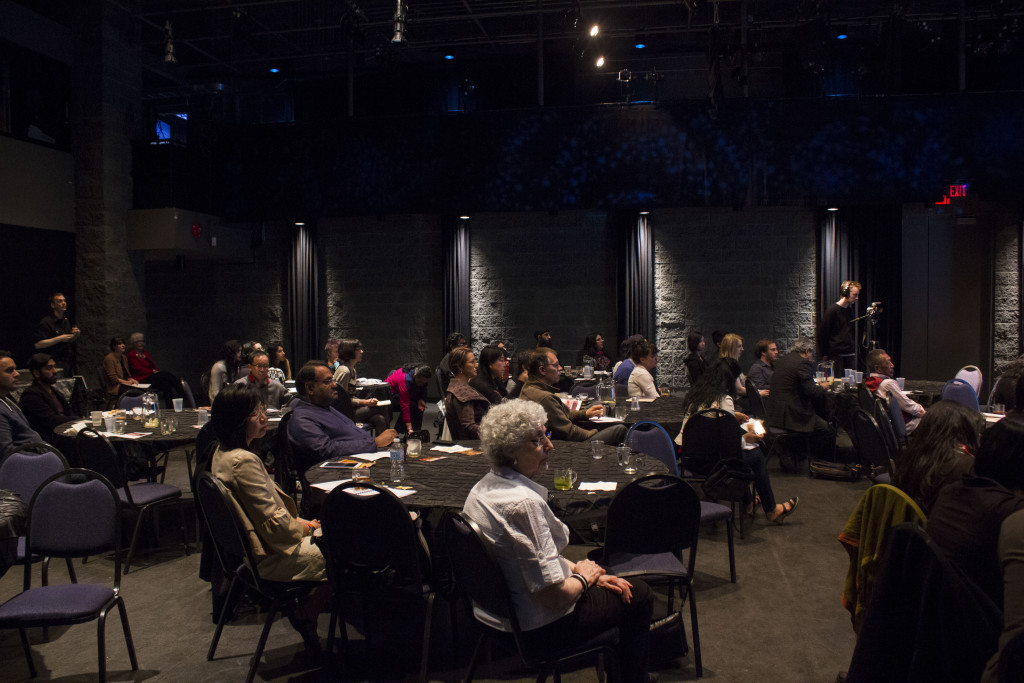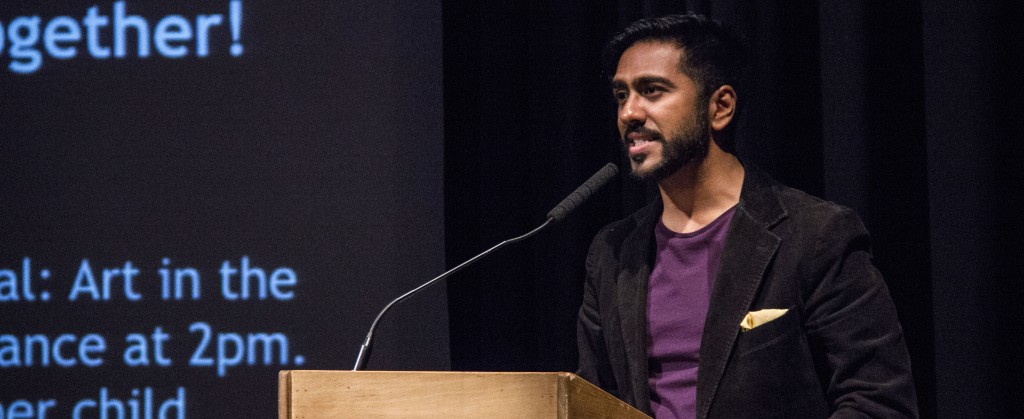INTRODUCTION TO THE SYMPOSIUM PRESENTATIONS
In 1885, a wide-ranging debate on the nature of citizenship and racial identity took place in the nation’s House of Commons. Canada’s first Prime Minister Sir John A. Macdonald stated, “If you look around the world, you will see that the Aryan races will not wholesomely amalgamate with Africans and Asiatics. The world is filling up fast enough… But the cross of those races — like the dog and the fox — is not successful; it cannot be, it never will be.” He closed his statement by arguing, “It is not desired that they come; that we should have a mongrel race; that the Aryan character of the future of British America should be destroyed.” This sentiment is consistently re-articulated throughout Canadian history. It manifests over a half-century later with Prime Minister Mackenzie King claiming if “lower races” were permitted into Canada they would “debase” Anglo-Saxon civilization just as surely as “the baser metals tended to drive the finer metal out of circulation.”

Symposium audience, photo by Kwantlen Students
Over a century removed from Sir John A. Macdonald’s comments, Edward Said outlined the “predicaments that disfigure modernity — mass deportation, imprisonment, population transfer, collective dispossession and forced migration.” In illustrating and problematizing notions of forward progress, maintaining the status quo vis-à-vis inertia, and benevolent Canadian multiculturalism, this symposium disfigures “identity” itself as a central concept that must also be unpacked. The identity of the individual or group — whether projected, assumed, subverted, resisted, parodied, or any combination of these techniques and others — disrupts hegemonic state discourses that seek to ideologically, geographically and physically confine, constrain and fix identities for racialized migrant groups and by extension people of colour.
Over the past several years there has been an increasing awareness towards modes of migration and, in particular, the spectre of migrants who arrive by boat. Whether in Canada, the United States, Italy or elsewhere, the imagery of mass arrival resonates within the psyche of a nation. Whereas the actual number of arrivals by ship is minuscule when compared to the annual arrival of migrants, there is a small degree of separation between boat migration and projecting the ideas of “invasion,” “hordes,” “peril,” and a national loss of identity. The confluence with recent international events and Canada’s own response to the arrival of the Komagata Maru one hundred years ago provides the space, the platform and the opportunity to critique these (mis)perceptions from a variety of perspectives.
Disfiguring Identity: Art, Migration, and Exile is an extension of this rigorous engagement with the ideas of Canada and Canada coming to terms with its own history and present. This symposium brought together artists, curators and scholars from across the country to critically examine the intersection of racist discourses, exclusionary political policy, migratory stigma and visual artistic responses through three different frameworks.

Naveen Girn, photo by Kwantlen Students.
Day one included the screening of short films featuring eight visionary Canadian directors. Their works engage with identity, racism and migration, and are powerful tools for sustaining and fostering dialogue. Day two included ten speakers over three panels. In the first panel, presenters examined notions and methods of performativity in which visual and performing artists investigate and interrogate public (re)presentation of migrant histories, narratives and subjectivities. In the second panel, a number of speakers investigated institutional approaches to actively curating content for (and from) marginalized and racialized communities, and in turn, provided an avenue for counter-narratives, to “walk the talk” on a daily basis. In the final panel, presenters examined the relationship between history, memory and the colonial archive which provided an opportunity to reframe the dialogue by centring voices from liminal spaces to fracture the comfort of exclusionary “national histories” and to foster new avenues for personal and marginalized re-imaginings to occur.
Twenty-five years ago, Paul Wong curated the landmark exhibition, Yellow Peril: Reconsidered, that examined racist discourses of identity and migration. Today, with the one-hundredth anniversary of the Komagata Maru episode, we once again turn to visual artists to guide a conversation on the power of art and artists to critically address cultural stereotypes and the experiences of migration(s).
